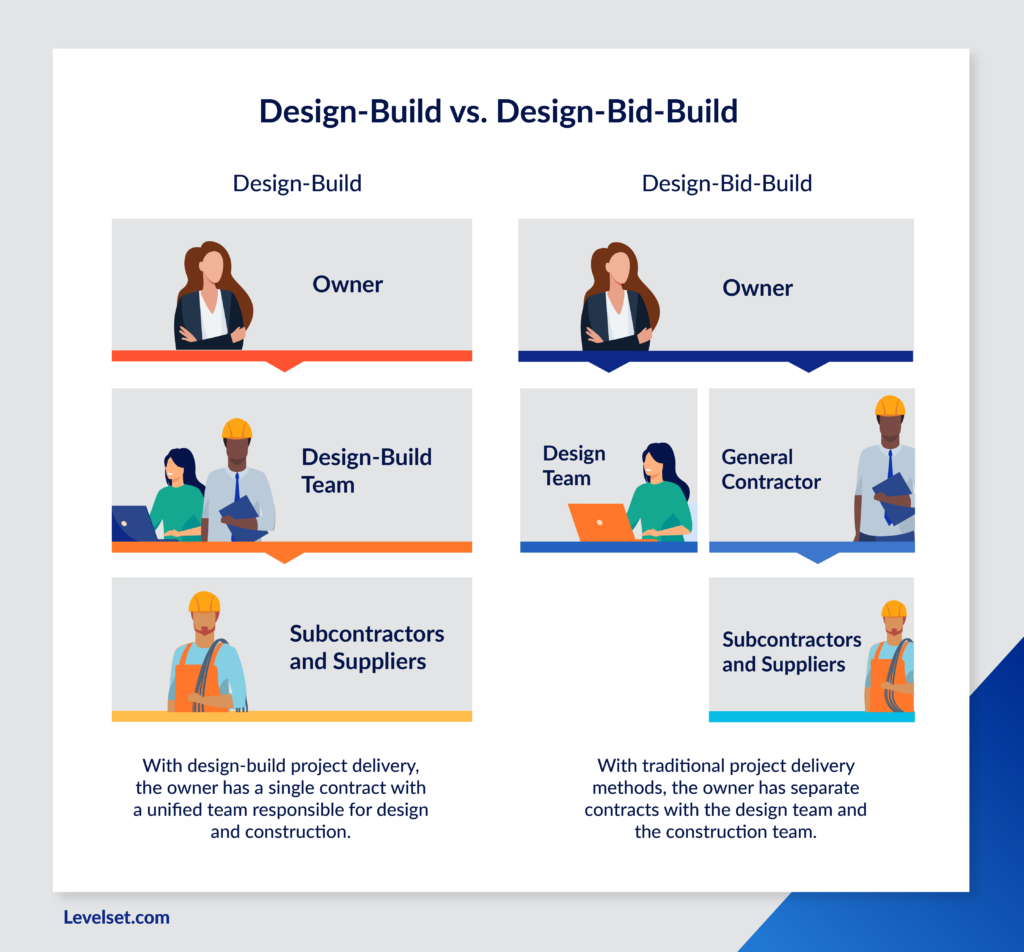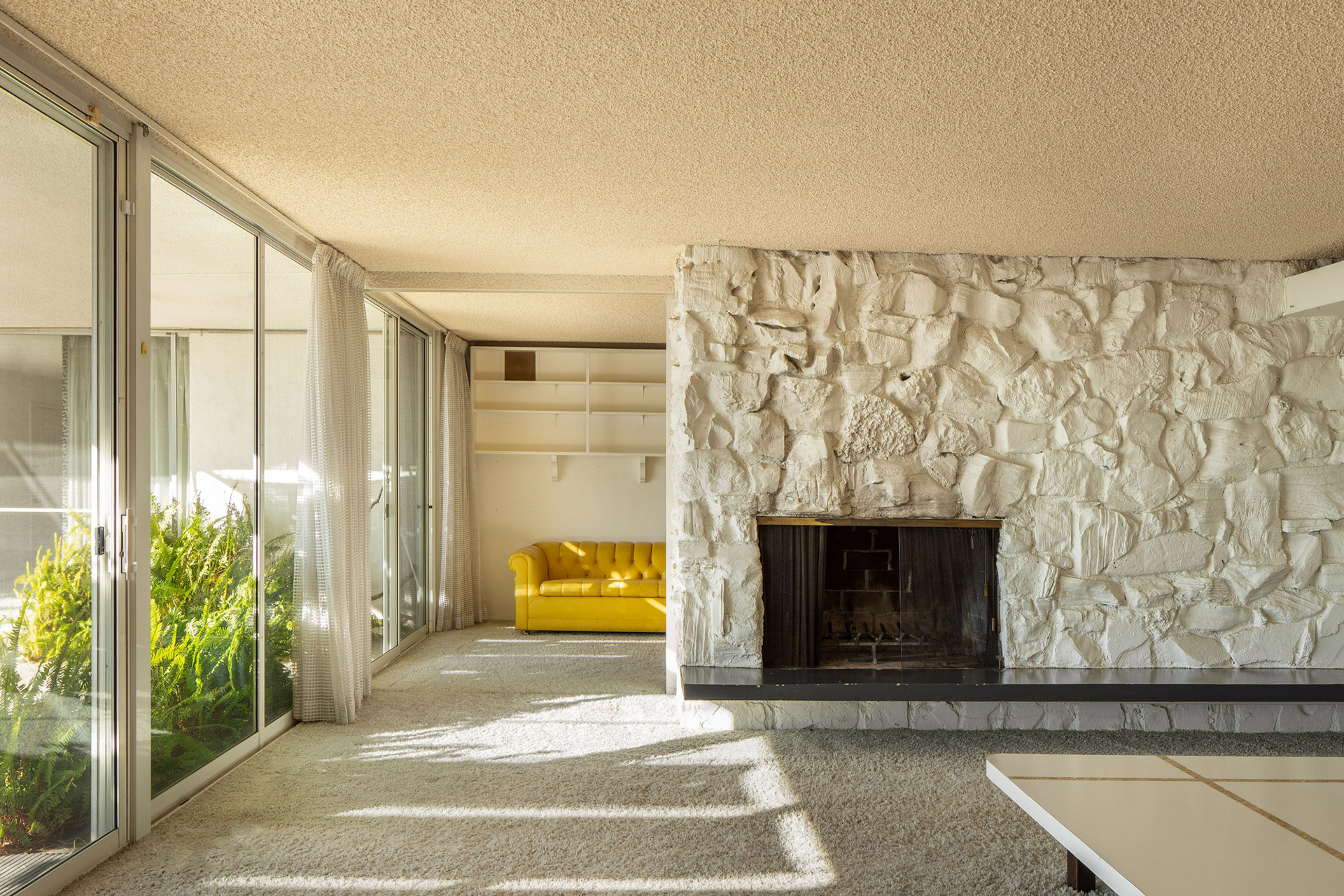Table Of Content
You may find design-build more appealing because you will only have one contract and be dealing with one entity. On the other hand, you may find design-bid-build more appealing because you want the flexibility of choosing the architect to provide the design services and then choosing a separate contractor to perform the construction. You may also want the assistance of the architect to provide the construction phase services rather than doing it yourself. If you use the design-bid-build delivery method, you will have separate agreements with an architect and a contractor. Typically, you will retain the architect first to develop the design and then retain the contractor for the construction of the project. The design process will go through several phases, depending on the complexity of the project.
Design-Build Construction Explained
Due to the nature of market competition inherent in the bid process, the lowest overall cost typically prevails. This training will assist jurisdictions decide which delivery method might work best for their project. Topics include an overview of each project delivery method, the major procurement requirements of each, differences in oversight requirements, and suitability of projects to each delivery method.
602 Selection of firms for architect-engineer contracts.
Where that land is located influences the price of the materials and labor for the build, too. When you travel to the Golden State, it's common to drive down a road and see diverse home styles. The range for each style is also substantial because the material choice, location within the state, and home layout all impact the price per square foot. Additionally, whether the home is modular or stick-built also influences the final cost.
The Impact of Design-Bid-Build on the Construction Industry
An avid traveler, she’s a digital nomad at heart and an animal lover from the depths of her soul. Ensure your team is trained in the process to understand its differences from other delivery systems. Finally, equip your team with the right tools to enhance coordination and communication throughout the project. The use of design-build has grown rapidly in the past decade and now delivers nearly half of America’s projects. Construction contracts are usually lengthy and complicated, composed of a wide range of documents In a perfect world, the contract provides the clarity and direction all stakeholders need to move... The practice of retainage, aka retention, has a tremendous impact on the construction industry.

They provide a framework for establishing relationships, allocating risks, and managing responsibilities among project stakeholders. Technology has already made a significant impact in delivering efficient construction projects. In preparing to pursue a project, a design-builder needs to build a team that inspires confidence in the owner that all the project needs will be met. The design-builder must foster professional relationships that will help move the project forward.
In this article, we’ll review the differences between these two contract types and outline how e-bidding software is being used for design-build proposal evaluation. (1) A description of agency policies or procedures, in addition to that outlined in FAR 43.204, that apply to definitization of equitable adjustments for change orders under construction contracts. This description may be provided in a notice by including an address of an agency-specific, publicly accessible website containing this information. If no agency-specific additional policies and procedures exist, the notice shall include a statement to that effect. Once the team is in place, set up project guidelines through a fair, balanced, and clear contract that encourages collaboration throughout design and construction.
Design-bid opportunities are only open and available for teams that can take on an entire project. By contrast, design-bid-build opportunities are open to a wider selection of designers and contractors – that competitive building opportunity can drive down prices and introduce owners to a new selection of builders. One of the most beneficial aspects of design-build delivery is its ability to compress a construction schedule. Because the design and build teams are contracted together, the contracting team doesn't have to wait for design completion to get started on building.
That means pretty much every contractor, sub, and supplier has experience on these jobs. But you know what else pretty much everyone in the industry has experienced? The design-bid-build delivery model allows owners to retain more control of the project. The owner can choose preferred design and construction teams separately, not having to settle for a prepackaged design-build team. Because designers and builders are kept separate and clearly defined, the project owner may benefit from increased transparency in the project process. Design-bid-build is the traditional, owner-driven model of project delivery.
On Track for Success: Decoding Montreal's REM Model for Efficient Transit Projects in the U.S - transitcenter.org
On Track for Success: Decoding Montreal's REM Model for Efficient Transit Projects in the U.S.
Posted: Tue, 24 Oct 2023 07:00:00 GMT [source]
Subpart 36.6 - Architect-Engineer Services
This encourages a better competition that allows many qualified firms of all sizes to participate. As early as possible, project owners and contractors need to acquire as much accurate utility mapping information as they can to inform early conceptual and design decisions. Since construction might already be underway even as the later elements of the design are still being completed, design-builders risk needing to redesign on the fly if as-built conditions aren’t as expected. In Design Bid Build (DBB) the conceptual, pre-design, and design phases are all completed before the procurement phase is started. In the procurement phase, contractors can bid on the project, and construction follows procurement.
In a traditional design-bid-build model, the owner bears significant risk and may lose money if, for example, an approved design has to be changed once construction has begun. The design-build model takes much of the risk off a project owner and puts it on the design-build team. During this process, the design-build partnership is at the project's helm, bearing much of the responsibility for maintaining the final product's budget, schedule, and quality.

Generally speaking, you'll save money by buying an existing home, around $150,000. This may mean not getting exactly what you want, but you'll be able to move in quicker versus the average time of seven months it takes to construct a new home. Building up is generally less expensive than building out, so having multiple stories is a good way to minimize your home's footprint and build cost. Two-story homes are popular, as they potentially double the property's floor space without increasing the footprint. Three-story homes are common, but the cost savings are minimal because of the logistics of building a third story.
On public projects, the invitation to bid extends to any qualifying contractor registered to work on government projects. For private projects, the owner decides whether to swing the doors open for anyone to bid or limit bids to a few known contractors. Design-build can compress the schedule by a significant margin for very large and time-extensive projects.
Since the project timeline is faster with phases that overlap there is less time for creativity and innovation. While it offers greater transparency, encourages specialization, and fosters fair bidding, it can also lead to longer timelines, challenging construction implementations, and place a significant burden on the project owner. Demand for siding and other building materials has grown over the past year.
Hamm: 'Everybody building' impacts prison construction - Alabama Daily News
Hamm: 'Everybody building' impacts prison construction.
Posted: Mon, 16 Oct 2023 07:00:00 GMT [source]
Energy Information Administration (EIA), if you go based on the annual average household electricity consumption—or 10,715 kilowatt-hours (kWh)—you'll need at least a large enough system to support that amount. You’d also need to obtain a general contractor's license before being able to handle any of these duties. Building a home is a multiteam process where even the best pros can take anywhere from six to 20 months, depending on the material availability. Generally speaking, the more bedrooms a home has, the larger it is, so the more it costs to build. Take a look at the typical costs to build a house in California based on the number of bedrooms.

No comments:
Post a Comment